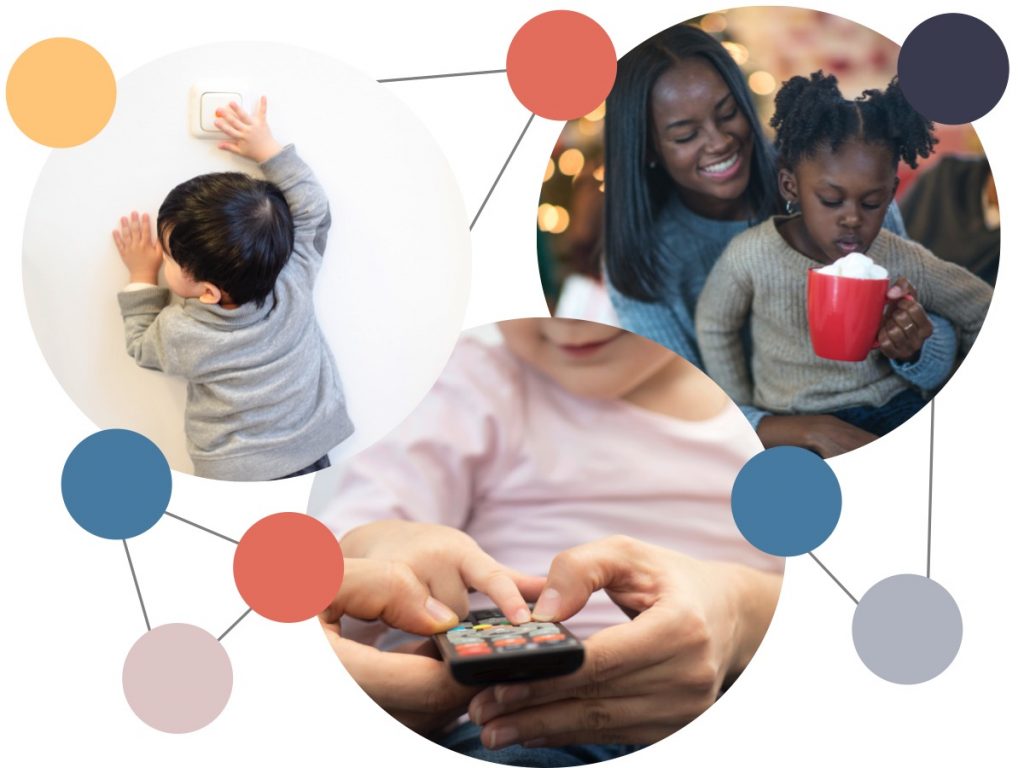
In daily life, we are surrounded by cause-and-effect. As adults, we use what we know about causes and their effects to make things happen. We know that flipping a light switch causes a light to turn on, pushing a button on the remote control causes the garage door to open, and even that blowing on your hot drink causes it to cool off. All of these are cause-and-effect relations. Before five years of age, children learn a lot of different cause-and-effect relations in many different ways. This module explores children’s learning of cause-and-effect.
To start, let’s review the basics of what a cause-and-effect relation is. Let’s analyze what’s a cause and what’s an effect. For example, when turning on a light, the light switch is the cause and the light turning on is the effect. Generally, cause-and-effect follows three rules.
First, the cause comes before the effect. The light doesn’t turn on before you flip the light switch. You have to move the light switch first to make the effect happen.
Second, acting on the cause actually makes the effect happen. If you flip a light switch and the light doesn’t turn on (or comes on the next day), then there is no reason to think that the light switch has a causal relation with that particular light.
Third, the effect is a change in the state of something. The light goes from off to on, or from on to off. If there is no change, there is no effect.
-
- Intervention
- an action taken on something with the goal of bringing about an effect
- Spatial contact
- when two or more objects touch each other